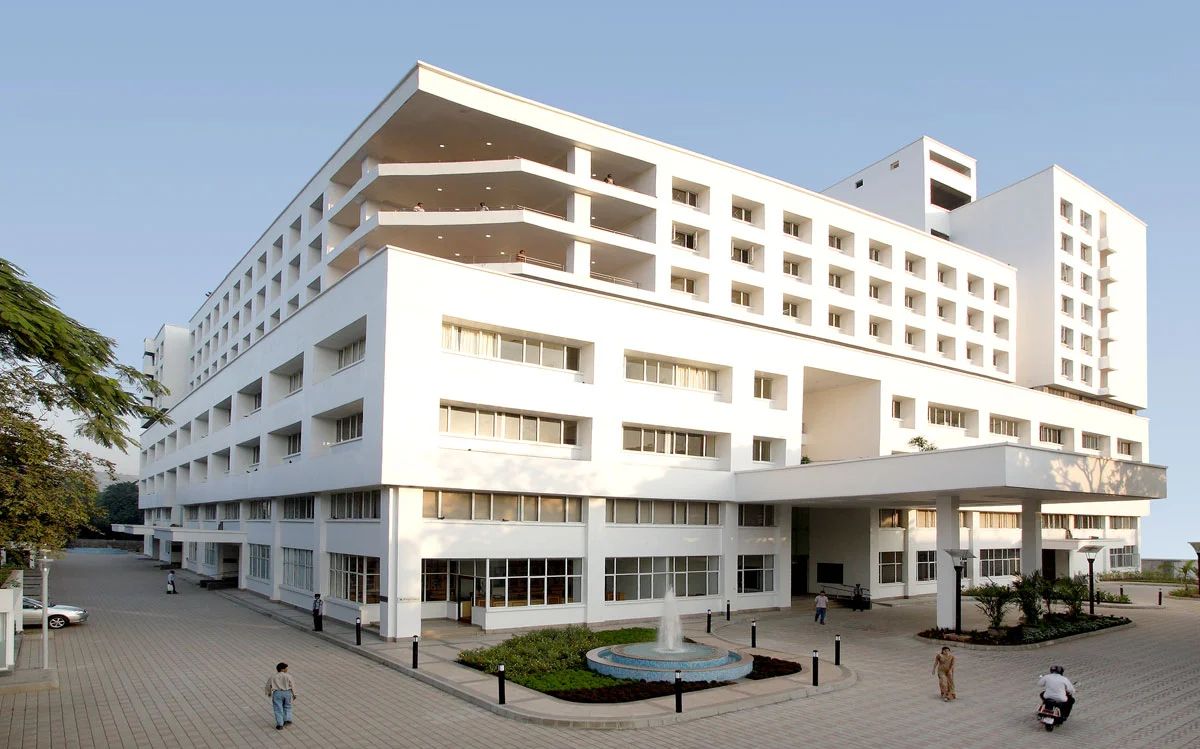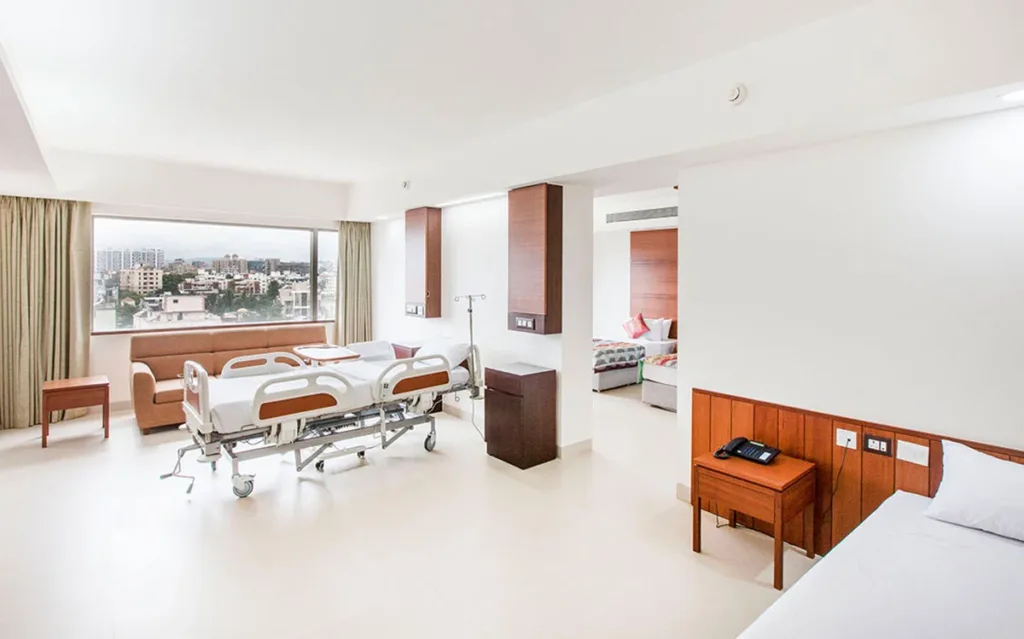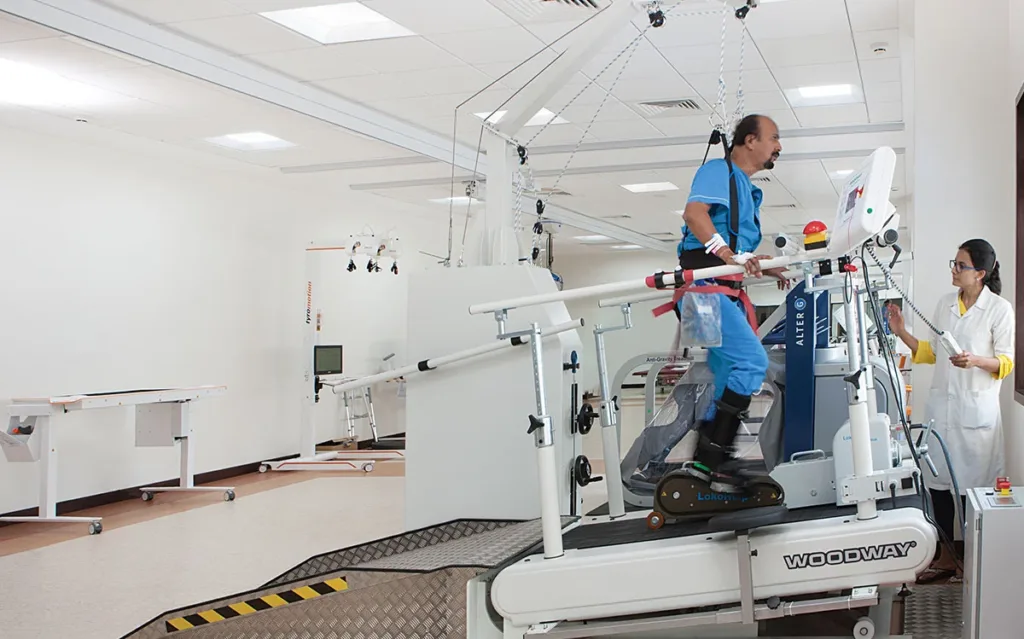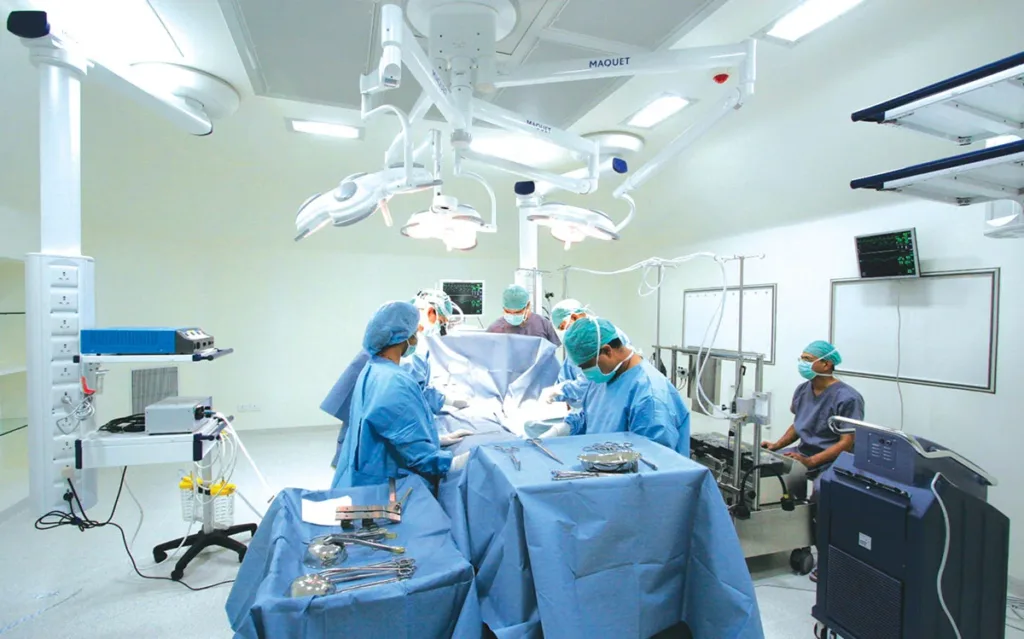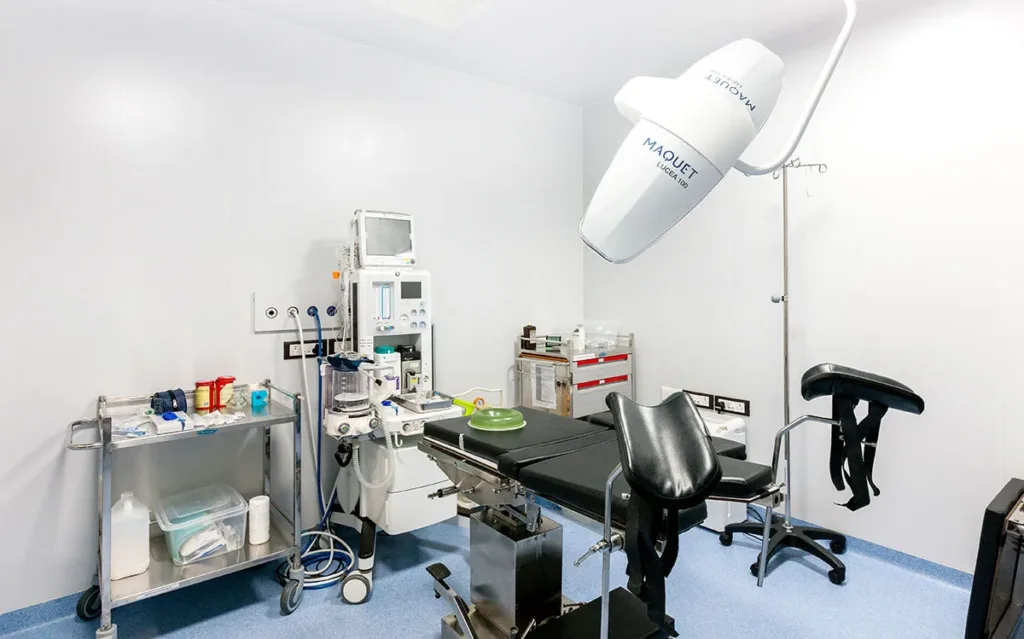
Your Affordable Path to a Healthy Heart:
Heart Bypass Surgery in India
Facing the high costs of heart bypass surgery in the US? Discover a world-class, affordable alternative in India.
At Treatment Possible, we connect you with internationally accredited hospitals and top-tier surgeons, ensuring you receive the highest quality care at a fraction of the price you’d pay at home. Let us guide you on your journey to a healthier heart and a brighter future.
Why Choose India for Your Heart Surgery?
Tired of the U.S. healthcare maze? See how we offer a better path to cardiac wellness.
The Clear Cost Advantage
Here is a comaprison for Heart bypass surgery cost in India vs USA
Cost of Heart Bypass Surgery (CABG) In India
USD $5,000
All-inclusive
- Surgeon & Anesthetist Fees
- All Pre-op Tests
- Medications
- Private Hospital Room
- Procedure
- Service Apartment & Food
- Airport pick-up & drop
- Dedicated Patient Coordinator
- Post-Op care in Hospital
Cost of Heart Bypass Surgery (CABG) In U.S.
USD $70,000 – $200,000+
Even with insurance your Out-of-pocket expenses can be substantial. Such as surgeon fees, anesthesia, or due to certain policy insurance might not cover the full length of stay in hospital.
With Treatment Possible, you get absolute clarity and a single, affordable price for superior care.
With these prices you save upto 90%!
World-Class JCI Accredited Hospitals
Our partner hospitals are rigorously vetted for patient safety and quality of care, adhering to the same high standards as leading hospitals in the United States. This ensures a safe, sterile, and professional environment for your treatment.
- State-of-the-art infrastructure and technology.
- Advanced diagnostic labs, imaging tech and robotic surgery systems.
- Strict infection control protocols.
- English-speaking medical staff and dedicated international patient services.
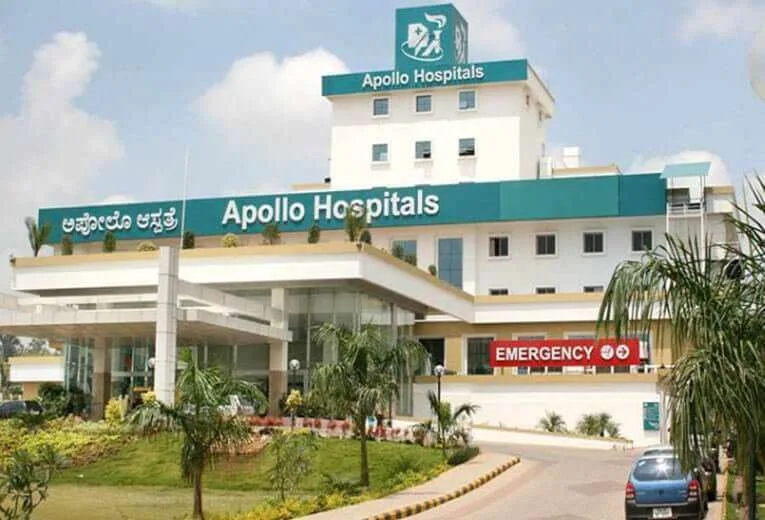
Explore Our world-class partner hospitals
Take a virtual tour of our NABH & JCI-accredited facilities. We’ve chosen partners known for their advanced technology, patient-centric care, and clinical excellence.
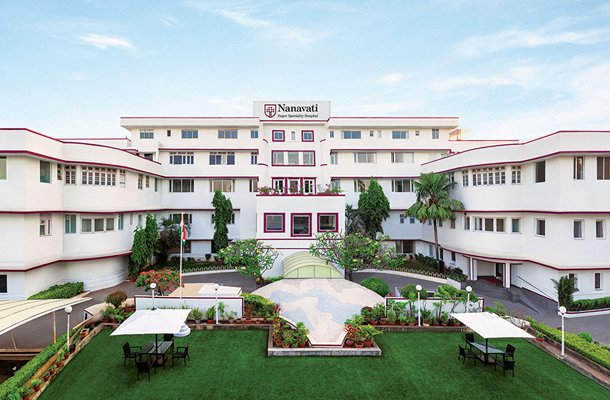
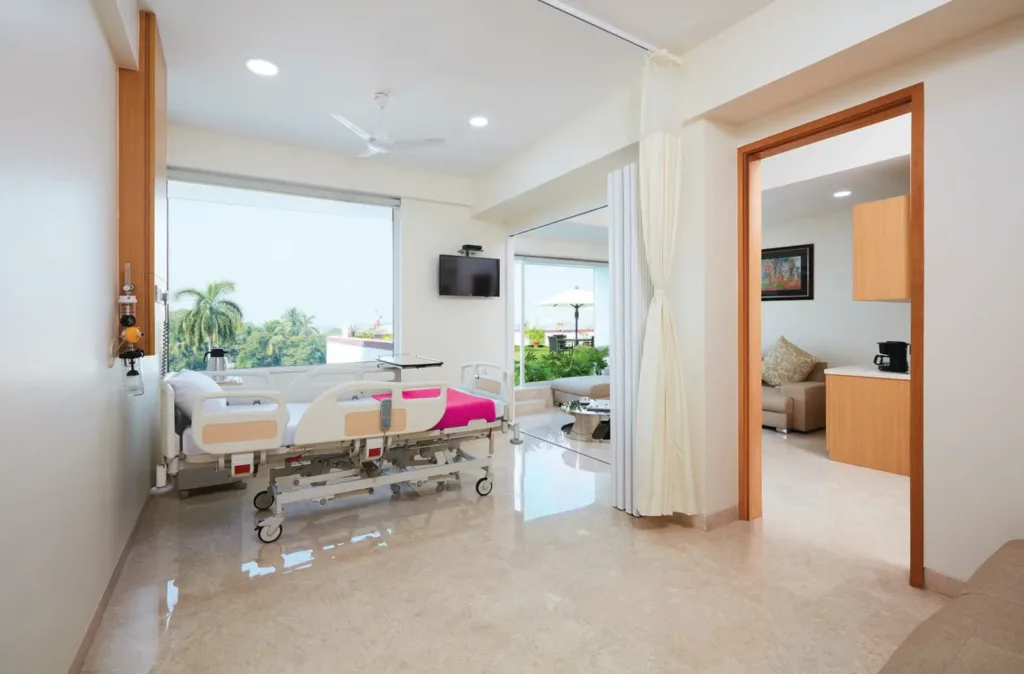
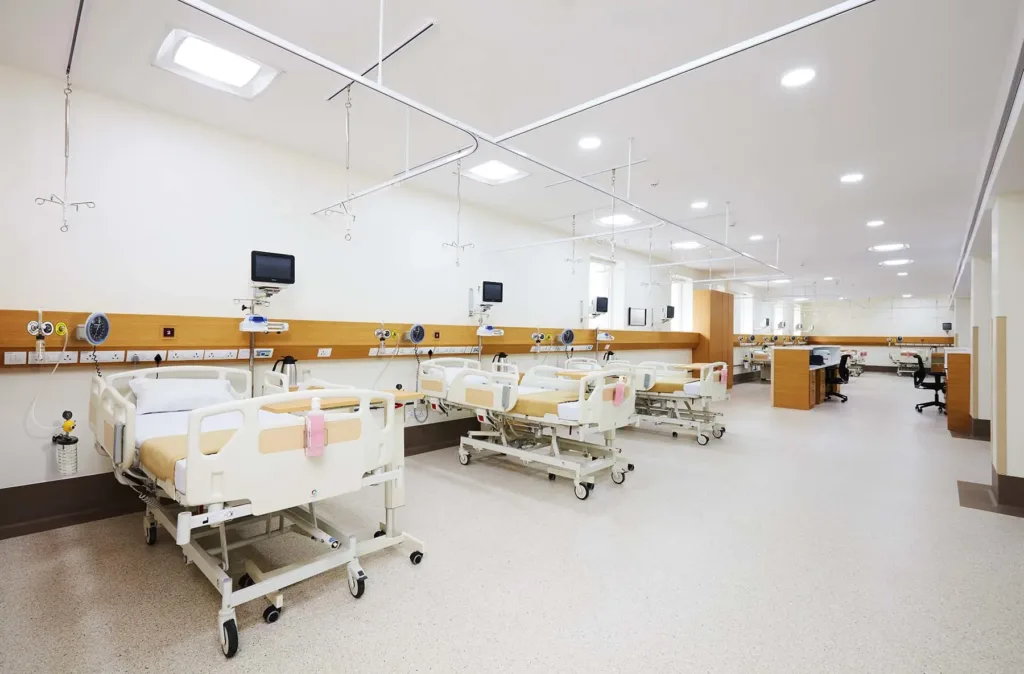
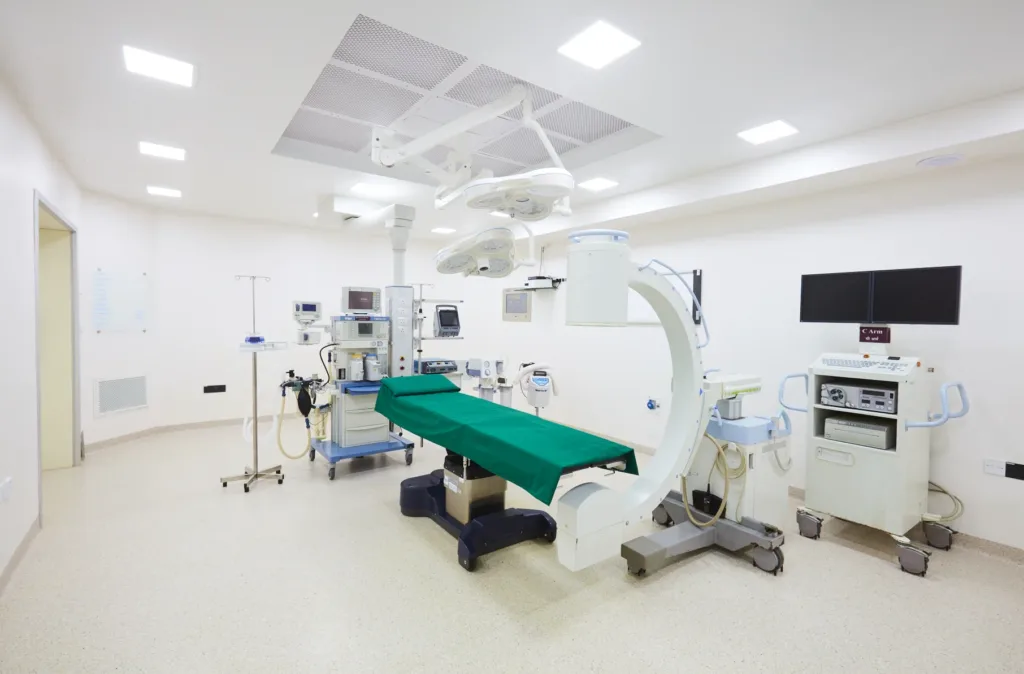
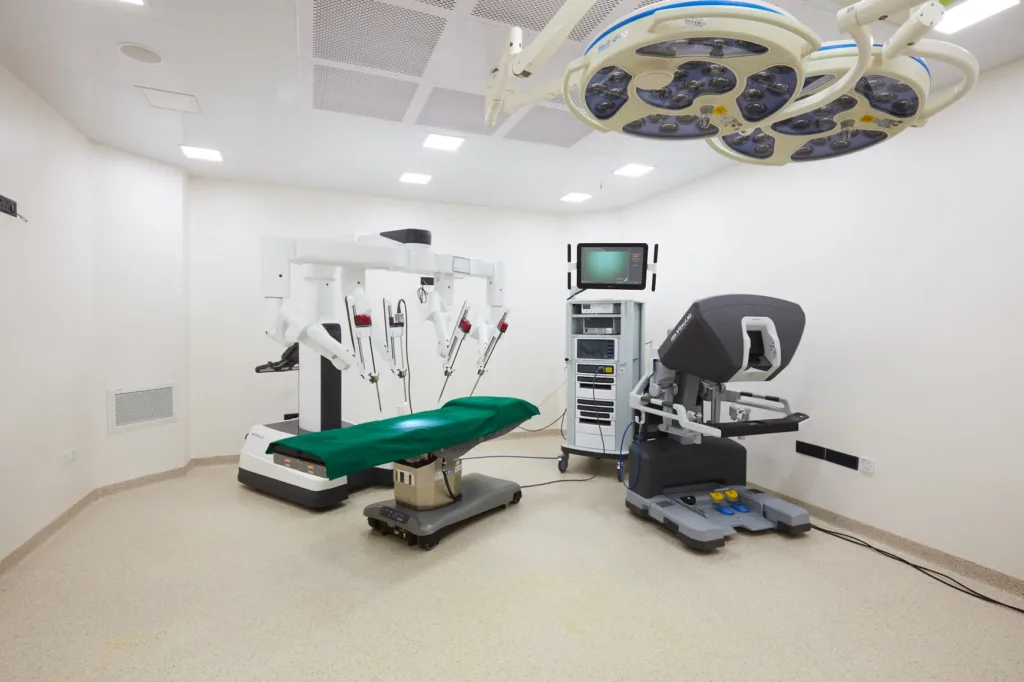
Accreditation:
NABH, NABL, NABH-MIS
Established:
1951
Beds:
350
Speciality:
Multi-Speciality
Key Features:
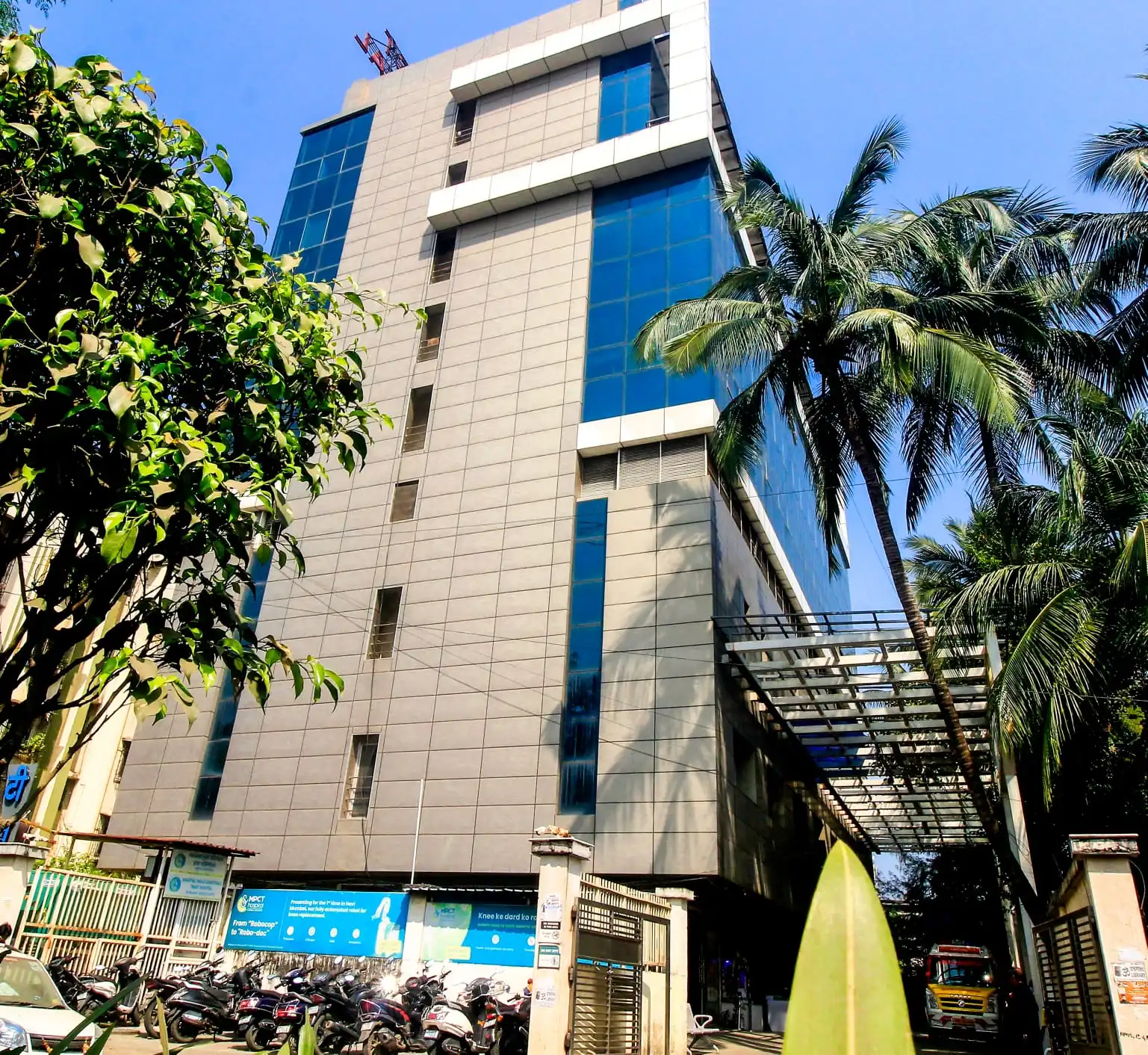

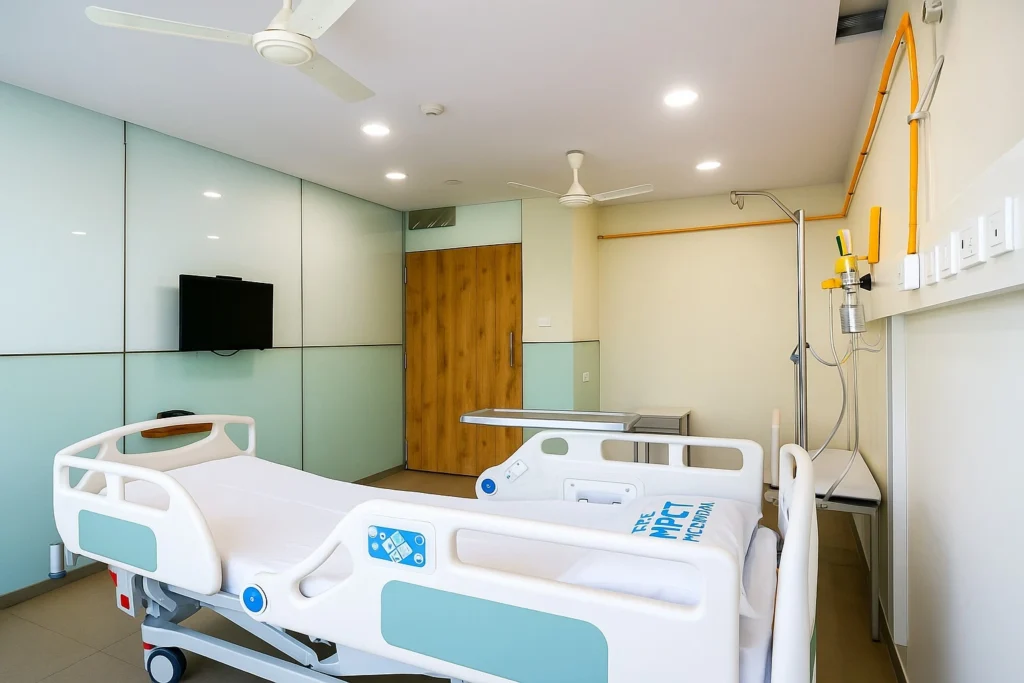

Accreditation:
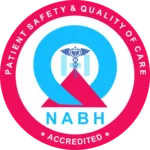
NABH
Established:
2020
Beds:
100+
Speciality:
Oncology
Key Features:
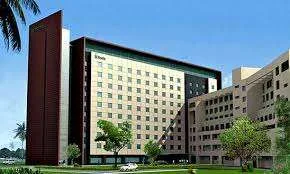




Accreditation:
JCI, NABH & NABL
Established:
2002
Beds:
400+
Speciality:
Multi-Speciality especially cardiac & orthopaedics.
Key Features:
Accreditation:
JCI, NABH & NABL
Established:
2007
Beds:
350
Speciality:
Neurosciences, Gastroenterology, Nephrology and Liver diseases.
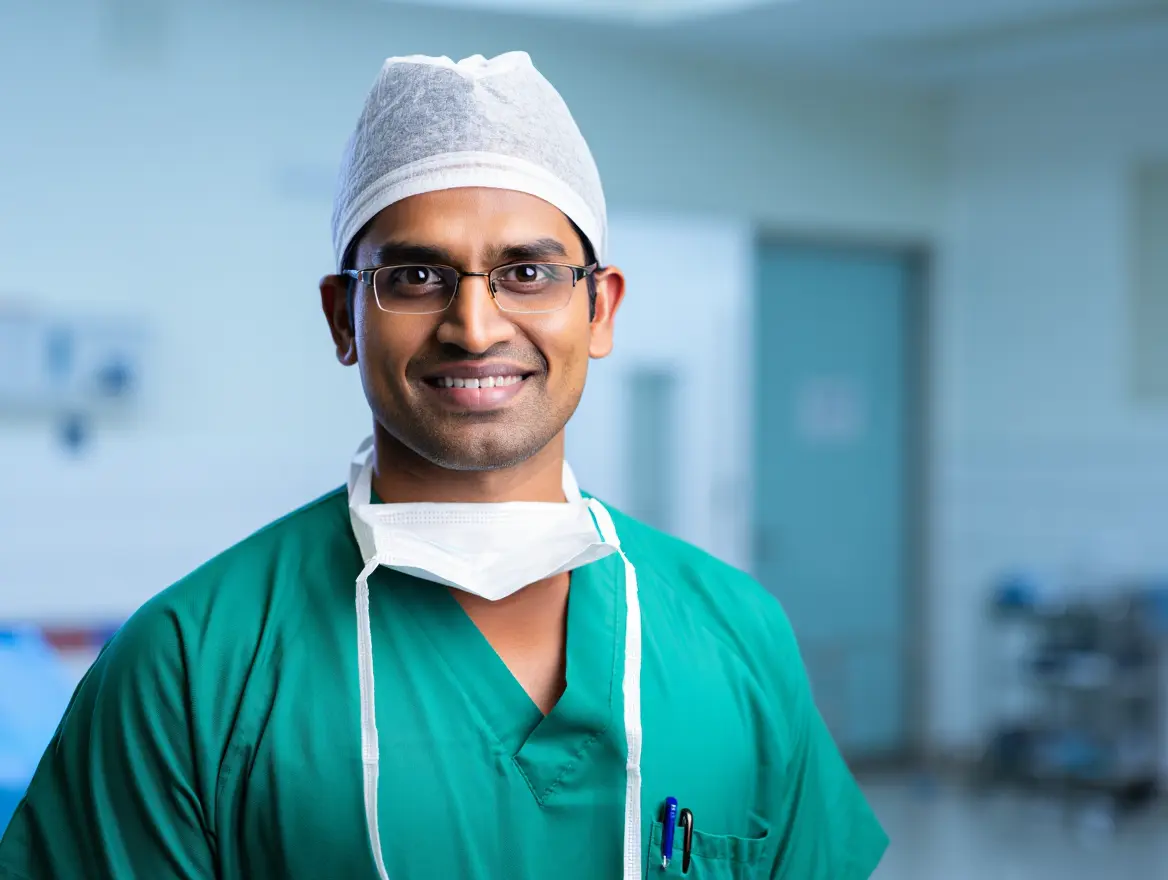
Experienced Cardiologists with Exceptional Results
Our network of Cardiologists are one of the best in the field. They have years of experience and have international recognition.
- Internationally trained with fellowships in the US, UK, & Europe
- Vast experience with thousands of successful Bypass surgeries.
- High success rates of 98%
- Expertise in minimally invasive surgeries like angioplasty and stenting to treat blocked arteries.
Why Choose Treatment Possible as your Healthcare Provider?
We are not just a facilitator; we are your dedicated guide and partner who manage all your legal and medical needs. With 20+ years of experience, we understand your concerns and needs intimately. We manage every detail, so you can focus solely on your recovery.
Travel Assistance
Help with VISA, flights, and pick-drop from airport.
Coordinated Care
All appointments, accommodations & admissions handled.
No Language Barrier
English-speaking staff and translators.
Post-Op Needs
While you recover we provide you all the meds and other necessities

